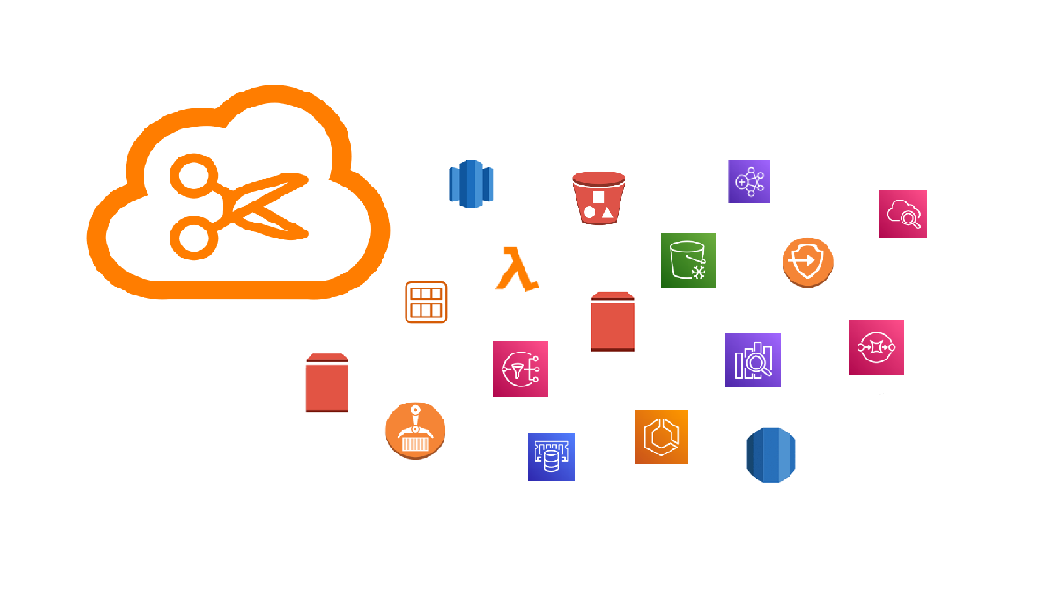To make your cloud infrastructure profitable and efficient, it’s vital to maximize efficiency and minimize costs as much as possible.
Many AWS users, however, pay for cloud resources that go unused, leading to unnecessary expenses and performance issues. Let’s take a closer look at some of the most common unused AWS resources and how they can impact your business.
Common Unused AWS Resources That Drain Your Budget
1. Idle EC2 Instances
One of the most common unused resources is idle EC2 instances. These virtual servers continue to incur charges even when not in active use. Often, they’re set up for temporary tasks, testing, or development purposes but are not terminated after their function is completed. This leads to ongoing, unnecessary costs for resources that contribute nothing to your operations.
2. Unattached EBS Volumes
Elastic Block Store (EBS) volumes are often used to store data associated with EC2 instances. However, when an instance is terminated, the EBS volume can remain active unless specifically deleted. These unattached volumes can accumulate quickly and significantly impact costs without providing any operational benefit.
3. Elastic IP Addresses Not in Use
AWS provides Elastic IP addresses to maintain a static IP address for your instances. However, if these IPs are not associated with a running instance, AWS charges for them as “unused resources.” This often happens when users forget to release unused Elastic IPs, resulting in avoidable charges.
4. RDS Database Instances in Low Utilization
Amazon’s Relational Database Service (RDS) allows you to scale databases efficiently, but unused or underutilized RDS instances still accumulate charges. Often, these instances are left running after a project concludes, accruing unnecessary costs.
The Impact of Unused Resources on Your Business
The impact of unused resources on your business can be substantial, affecting both your financial performance and operational efficiency. Firstly, these resources contribute to rising operational costs, potentially eating into your cloud budget by hundreds or even thousands of dollars each month. When left unchecked, unused resources can lead to significant and often unexpected cloud expenses, which can strain budgets and reduce profitability, especially for growing businesses.
Moreover, unused resources introduce inefficiencies into your cloud infrastructure. As your environment grows more complex with underutilized assets, your operations may slow down, and performance bottlenecks can emerge, affecting critical processes. These inefficiencies not only degrade your cloud’s performance but can also limit the speed and agility of your applications, impacting end-user satisfaction and delaying response times.
In addition, managing an AWS environment filled with unused or underutilized resources becomes increasingly challenging. Tracking and optimizing these resources diverts valuable time and attention from your team, which could otherwise focus on strategic, revenue-generating initiatives. This misallocation of resources can slow down innovation and leave your business at a competitive disadvantage.
Unused resources don’t just impact your costs; they also add operational burden, impede performance, and reduce the agility that the cloud promises.
Let Cloud-Trim Help You Identify Unused AWS Resources
Addressing these inefficiencies is essential for maintaining an optimized and cost-effective cloud environment. Cloud-Trim, our free AWS optimization tool, analyzes your environment and detects underutilized and unused resources. With Cloud-Trim, you can ensure that no AWS dollar goes to waste, enabling you to focus on growth and innovation.
Ready to optimize? Try Cloud-Trim today and transform your AWS setup into a lean, efficient cloud ecosystem.
